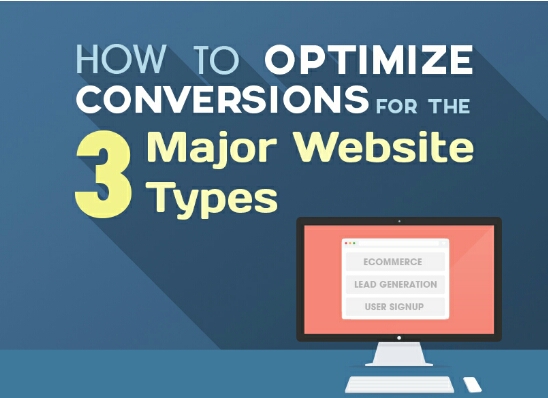5 Ways Responsive Design Will Attract Readers To Your Website
If design in any form comes down to building a better mousetrap, today’s programmers have a clear conundrum. What is to be done when the mouse keeps changing size? In other words, in a world where apps and websites can be expected to be taken in on tablets, phones, and desktops, programmers have a whole host of experiences and preferences that must be factored in before the fact. Enter responsive design, a mode of creation that boldly envisions a unified design that will lithely take on the specs of any context. Here are five clear strategies to make this a reality:
1. Produce scalable images
It should go without saying that image selection would be one of the biggest challenges in finding images that work well across numerous viewports and with an array of font sizes. There’s no magic bullet for this problem, but a few program on offer provide tools for tightening your experiential learning curve.
Adaptive Image is one such tool, as it can quickly determine a site visitor’s screen dimensions and react accordingly, dishing out scaled images based on the HTML originals. Since these custom-made refits will be cropped, you’ll need a program like Focal Point to back up AI to make sure the cropped version narrows in on the heart of the image. Finally, you need to accommodate a range of pixel densities, and CSS Sprites will do just this. When done well, a scalable image tactic will prevent mobile users from squinting at some images; PC viewers from tittering at the “blown-out” pixelation of others. For example, a program for custom POS should employ images that show products from the best perspective, whether seen on a tablet or smartphone.
2. Content first
Or in other words, adapt the old golden rule of “form follows function” for the digital, multi-platform age. The whole point of responsive design is to create parameters for a core user experience that will make sense no matter how it’s consumed. When designers go “content out,” everything is shifted back to serve the user’s needs, based on thorough client research. A clear content strategy from the get-go means designers won’t have to reinvent the wheel for each viewport.
3. Begin with a fluid “drawing board”.
Traditionally, designers may spend precious time producing countless mockups in Photoshop to produce various versions for every prospective platform—an annoyance for client and designer alike. By relying on sketches and paper prototypes that concentrate on the content, and not the viewing vessel, designers can save time, money, and come up with the best layouts overall. In short, its a shift away from conceiving separate mobile sites and websites that need translation and towards a fluid content skeleton beneath. Sketches are a portable way of workshopping bare-bones ideas with clients and colleagues, while low-fidelity paper prototypes allow you to concentrate on the flow of ideas, not individual visual incarnations.
4. Give mobile platforms top priority
Even as designers should move away from thinking of a multi-viewport palette and towards a single adaptive monad, there are benefits to thinking in terms which privilege mobile consumption. Thinking of the small mobile screen as a design default will make sure to put the simple restrictions of mobile display at the heart of the game and allow for new capabilities at the same time. From this jumping-off point, the must-have content becomes more obvious, allowing designers to build up towards larger-scaled consumption. Fast-loading mobile programs will be the building blocks, but great macro scaling will also result.
5. “Minification”
For those not yet acquainted with the term, minification simply means getting rid of superfluous characters from source code in order to optimize load times. In practical terms, it means gutting code of “empty” characters such as spaces and tabs so that the program does exactly the same thing using less data. But that’s simply minification for beginners. For those looking for some serious streamlining, designers can take a more significant bite out of byte levels by substituting variables, function names, and even single characters. The result? Stunning load times across any number of platforms.
Every day, new programs and tools are emerging to make all of these strategies a more integrated part of design, but while time-crunching software is always appreciated, flashy tech is no match for a no-nonsense but robust stub in the planning stages. By using viewer experience as a beacon in the distance, programmers can steer away from unnecessary rough waters.
About the Author
Camille McClane is a writer, researcher and editor, who frequently blogs about web hosting and social media. Her favorite subject to focus on is emerging technology trends and its overall effect within business expansion and relations. She hopes the readers of GalvinTech.com enjoy this article as much as she enjoyed writing it!












